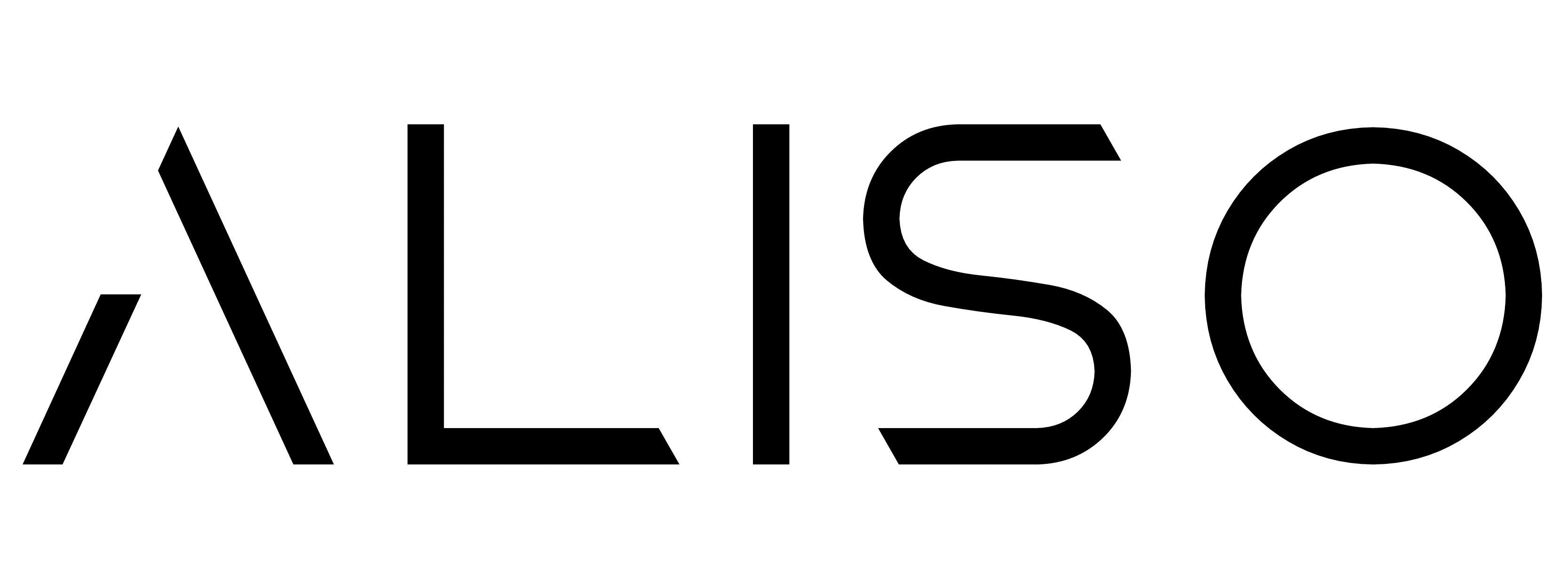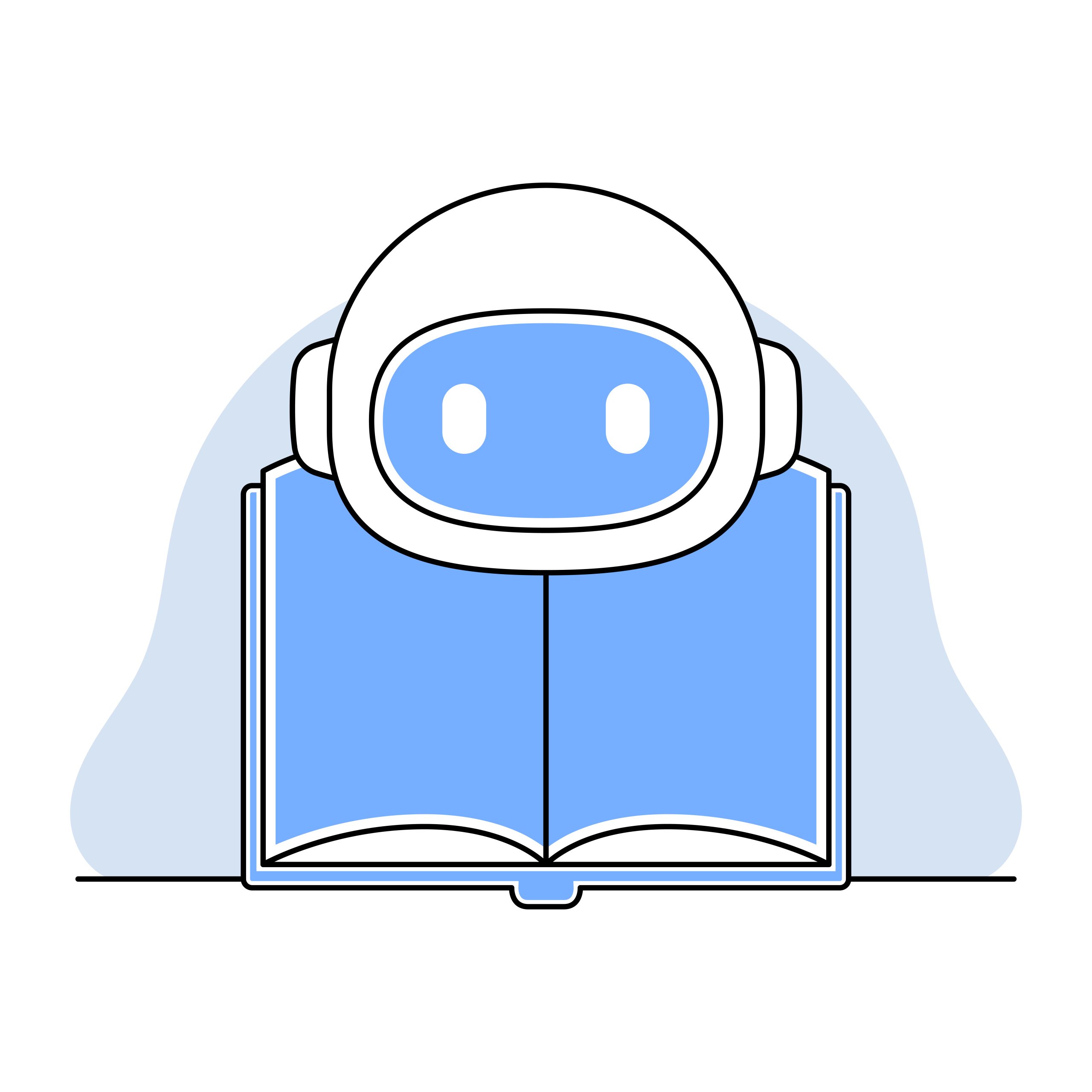In today’s digital landscape, the role of a technical writer goes far beyond writing manuals or step-by-step guides.
Content design is now a must-have skill — it helps technical writers create content that’s useful, user-focused, and aligned with business needs.
This blog explores why content design matters and why you should build it into your skill set if you’re working in technical writing or content development.
🧠 What Is Content Design?
Content design is all about making information easy to find, understand, and use.
It’s the process of planning, structuring, and presenting content based on what the user needs — not just what the business wants to say.
Instead of focusing only on the words, content design looks at:
- The format
- The structure
- The user’s journey
- The way people interact with your content
It’s a more holistic, experience-driven way of thinking about writing.
📈 Why Content Design Matters for Technical Writers
1. Improves User Experience
When content is designed well, users can find what they need faster.
That means fewer questions, fewer mistakes, and a smoother experience.
Content design makes your documentation feel more like a product — useful, clear, and designed with purpose.
2. Makes Collaboration Easier
Technical writers don’t work in a bubble.
You work with developers, designers, product managers, and support teams.
Content design gives you a shared language and framework, so you’re on the same page with your cross-functional team.
3. Works Across Platforms
Good content isn’t just for PDFs.
It should work on mobile, web, apps, and internal systems.
When you understand content design, you can create documentation that’s flexible, responsive, and ready for different screens and formats.
4. Supports Business Goals
Clear, helpful content builds trust.
It reduces support calls, improves customer satisfaction, and shows users that your business knows what it’s doing.
That’s real value — and it’s something content design helps deliver.
🛠️ Key Content Design Skills for Technical Writers
Here are some areas to focus on if you want to grow in this space:
- User research – Learn how to ask the right questions and identify content gaps
- Plain language – Write like a human, not like a manual
- Information architecture – Structure content so it flows and makes sense
- Accessibility – Design for everyone, including people with disabilities
- Visual hierarchy – Use headings, spacing, and layout to guide the eye
These skills aren’t just “nice to have” — they’re core to creating good documentation.
🚀 How to Start Learning Content Design
You don’t need to become a full-time designer.
But you should start thinking like one.
Here’s how:
- Read content design case studies
- Look at how other companies structure user help content
- Get familiar with GOV.UK’s content design principles
- Learn basic UX and accessibility principles
- Practice turning long, clunky paragraphs into usable content chunks
Start small. Even changing the way you write page headings or label buttons can make a difference.






